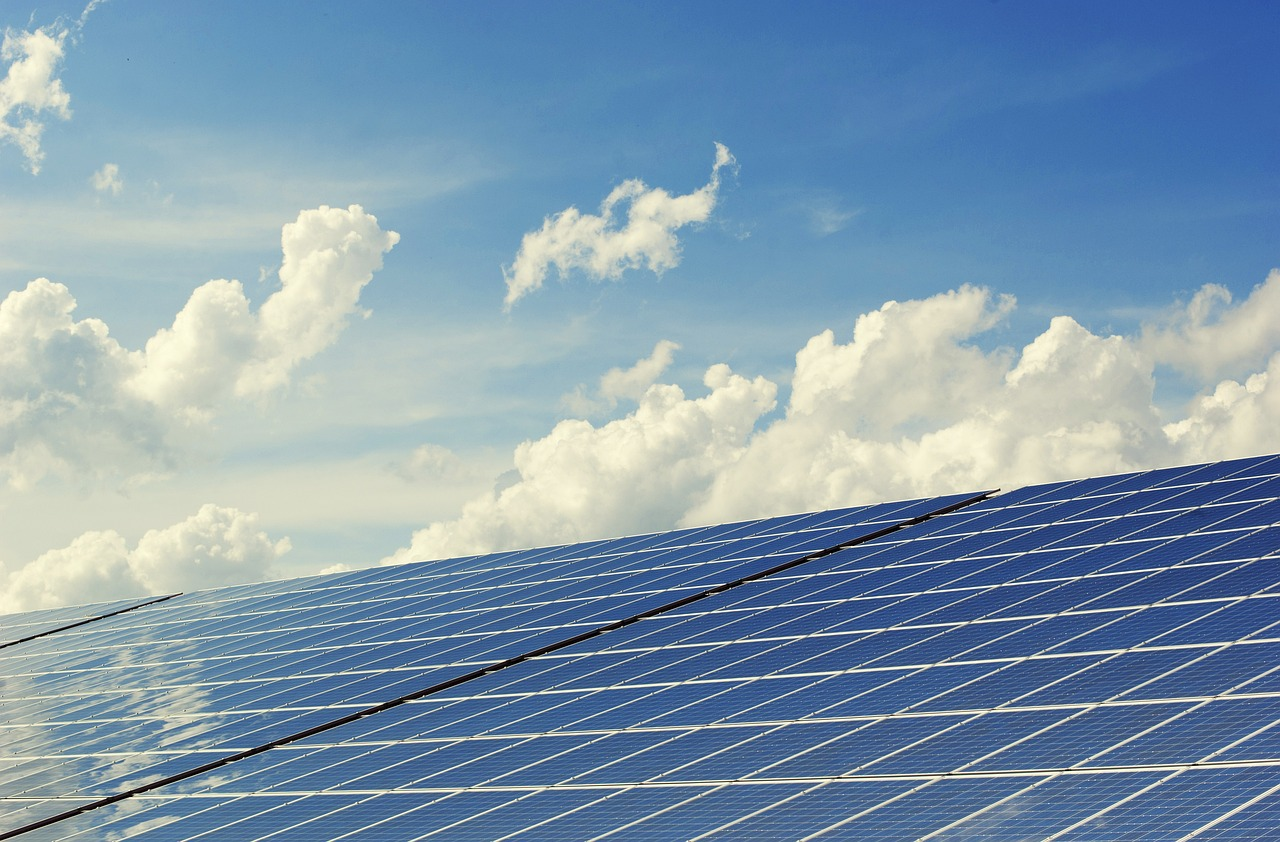In an era marked by an increasing focus on Environmental, Social, and Governance (ESG) factors, power trading is shaping up as a key market. In this article, we explore the fundamentals of power trading - an increasingly relevant commodity segment. We will delve into the definition of power trading, where it occurs, the main financial instruments involved, its impact on traditional energy commodities like oil and gas, and provide an outlook for the future of power trading.
What Is Power Trading?
Power trading refers to the buying and selling of electricity as a commodity. It involves the exchange of electrical energy between different market participants, such as power producers, utilities, traders, and consumers. Power trading allows for the optimisation of energy supply and demand, facilitates price discovery, and promotes efficient utilisation of generation and transmission assets.
Similar to the older, more established commodity markets, power markets operate based on supply and demand dynamics, with prices fluctuating in response to factors such as generation capacity, weather conditions, market regulations, and consumer demand patterns. Power trading can occur in both physical and financial markets, enabling participants to manage their exposure to price volatility, hedge risks, and capitalise on market opportunities.
Where Does Power Trading Occur?
Power trading takes place on a variety of platforms, including:
1. Wholesale Electricity Markets: These are specialised exchanges or marketplaces where power producers and users can buy and sell electricity. Examples include regional wholesale markets such as the Nord Pool in Europe, the California Independent System Operator (CAISO) in the United States, and the Australian Energy Market Operator (AEMO) in Australia.
2. Over-the-Counter (OTC) Markets: In addition to exchange-based trading, power can also be traded over-the-counter, directly between buyers and sellers. OTC markets provide flexibility and customisation, as transactions are tailored to meet specific needs and conditions. They are particularly useful for bilateral agreements, long-term contracts, and structured products.
3. Power Purchase Agreements (PPAs): PPAs are long-term contracts between power producers and consumers, typically renewable energy developers and corporate buyers. These agreements enable companies to secure a stable supply of renewable power at predetermined prices, fostering investment in clean energy projects and promoting sustainability goals.
Main Power Trading Financial Instruments
Power trading involves several financial instruments that enable market participants to manage risks and optimise their positions. Though it is a novel commodity segment, power trading uses many of the same financial instruments that are used to trade traditional commodities. Some of the major instruments include:
1. Futures and Forwards: A staple of commodity trading in general, futures and forwards are actively used in the power market. Power futures and forwards allow participants to hedge against future price fluctuations. These contracts establish a predetermined price and quantity of electricity to be delivered at a specified future date.
2. Options Contracts: Power options provide the right, but not the obligation, to buy or sell electricity at a specified price within a specified period. Options offer flexibility and can be used for hedging or speculative purposes.
3. Spot Contracts: Spot contracts allow active traders of energy to engage in the immediate process of buying and selling power. While market participants who need to hedge against future price fluctuations might prefer futures or options, those who would like to capitalise on price inefficiencies in this young market might prefer spot trading. Typical power spots include intraday and day-ahead agreements.
The Effect of Power Trading on Traditional Energy Commodities - Oil and Gas
The rise of power trading and the increasing penetration of renewable energy sources have had a notable impact on traditional energy commodities like oil and gas. Here are a few key effects:
1. Demand Displacement: As renewable energy sources, such as wind and solar, become more competitive and their capacity increases, they contribute to the displacement of fossil fuel-based power generation. This shift in the energy mix reduces the demand for oil and gas used for power generation, impacting their prices and market dynamics.
2. Energy Market Interdependencies: Power trading and the integration of renewable energy into the grid have created interdependencies between electricity and traditional energy markets. Fluctuations in power prices are now a key variable that oil and gas commodity traders need to track diligently.
3. Environmental Regulations: The growing focus on reducing carbon emissions and achieving climate goals has led to the implementation of stricter environmental regulations. This has increased the adoption of renewable energy sources and affected the demand for traditional energy commodities like coal and natural gas. This has been going on for a few decades by now, but more active power trade will only accelerate the process.
The Outlook for Power Trading
The future of power trading looks promising, driven by several factors:
1. Renewable Energy Expansion: Without the slightest doubt, the global push for decarbonisation and renewable energy deployment is expected to continue. As renewable energy capacity increases, power trading will play a crucial role in efficiently integrating intermittent renewable sources into the grid, balancing supply and demand, and optimising resource utilisation.
2. Technological Advancements: Advancements in smart grid technologies, energy storage, and digital platforms are transforming the power sector. Artificial Intelligence (AI) and blockchain technology are at the forefront of these advancements. These developments enhance the efficiency and flexibility of power trading, allowing for more accurate forecasting, real-time monitoring, and improved market participation.
3. Market Liberalisation and Cross-Border Trading: Market liberalisation efforts in various regions are opening up opportunities for cross-border power trading. Interconnected grids, improved transmission infrastructure, and harmonised market rules enable the exchange of electricity across borders, promoting better market efficiencies.
Power trading has emerged as a critical component of the global energy transition, facilitating the efficient exchange of electricity as a commodity. With the rise of renewable energy sources and the growing focus on sustainability, power trading is reshaping the energy landscape and impacting traditional energy commodities like oil and gas. As the world continues its transition towards a cleaner and more sustainable future, power trading will play a key role in the energy commodity markets.

